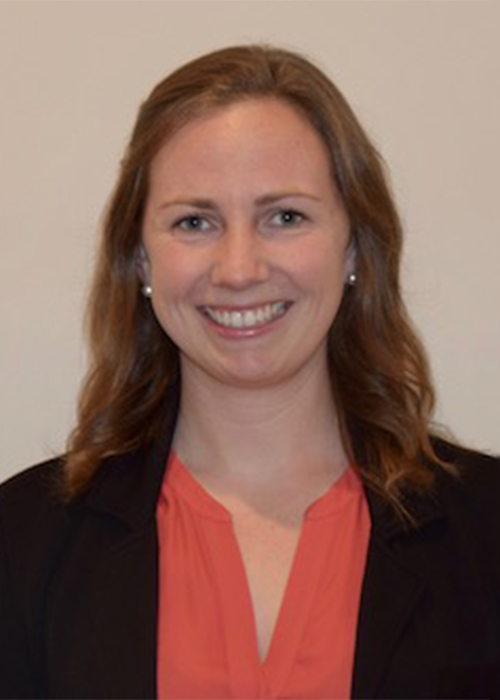The National Academy of Sciences, concerned about equity in the transplantation process, has called for transplant programs in the United States to investigate and make every effort to address disparities by 2027.
At Vanderbilt University Medical Center, researchers began the work by examining five years of retrospective kidney transplantation data – about 11,000 referrals to the Vanderbilt Transplant Center for evaluation – to identify racial and ethnic disparities at each phase of the kidney transplantation process.
“We recognize the importance of this, and are looking closely at our center’s data,” said Rachel Forbes, M.D., chief of kidney and pancreas transplantation.
What the team found was varying levels of disparity at each stage in the transplant process.
“We reviewed the likelihood of progressing to the subsequent step by race, with some adjustments for potentially confounding variables at each stage,” said Caroline Godfrey, M.D., a Vanderbilt research fellow and general surgery resident, who was lead author of the study.
The investigators divided the kidney transplantation process into three steps to determine where transplant referrals dropped out or fell between the cracks. They followed patients from referral to in-person evaluation, from evaluation to being listed for transplant, and from listing to transplantation.
The study found a disparity by race in the referral-to-evaluation phase: Referred Black patients had a lower likelihood of progression to evaluation. Disparities by race were not evident in the evaluation-to-listing phase but were again found in progression between listing and transplantation.
Missing was the data showing who was referred for evaluation among all patients who might qualify.
“There are some published data that white patients are more likely to be pre-emptively referred before they actually start on dialysis, which we know has better outcomes for patients,” Forbes said. “From the perspective of our center, that’s hard to track.”
Incorporating Social Determinants
Vanderbilt Transplant Center researchers are working to further disaggregate the center’s data related to gender, race, ethnicity, socioeconomic status, and social determinants of health (SDOH). In the progression study, the team used a validated SDOH composite score to adjust some of the numbers.
“These adjustments did not significantly change the data, at least from the progression-to-evaluation phase,” Godfrey said. “Even when adjusted for social determinants, the disparity was significant.”
“From the time of listing to transplant, something else is likely happening, related to larger picture things that we don’t totally understand yet.”
Forbes said she was gratified to see that the listings for transplant following in-person evaluations were not beset by disparities.
“It was reassuring that once they came to see us in person, there wasn’t a disparity to getting on the list,” she said. “But then again, from the time of listing to transplant, something else is likely happening, related to larger picture things that we don’t totally understand yet. Financial, psycho-social, even factors like implicit bias that may be out of our control.”
Forbes called it a strong beginning.
“This study is an early step in our process to understand what’s going on at our institution,” she said. “It doesn’t lead us to final answers, but it does show us where we should continue digging.”
Expanding the Research
Forbes and her Vanderbilt colleagues have received funding to develop an equity dashboard that would help researchers better understand the variables for the transplant cohort and process.
“We want to learn what defines a disparity, what is contributing to disparities, and what can we do to mitigate them,” she said.
“The optimal result would be equitable care – different patients need different things to be able to have the same access to transplant.”
The researchers are also interested in the use of patient navigators to guide transplant patients through the process.
“The transplant process is really complex to navigate – a lot of appointments, a lot of boxes to be checked,” Godfrey said. “Patients have varying levels of ability to access and understand that system.”
Forbes agreed.
“The optimal result would be equitable care – different patients need different things to be able to have the same access to transplant,” she said. “We are still at the infancy of this work, and we hope to grow it to allow for inclusion for all of our patients.”






